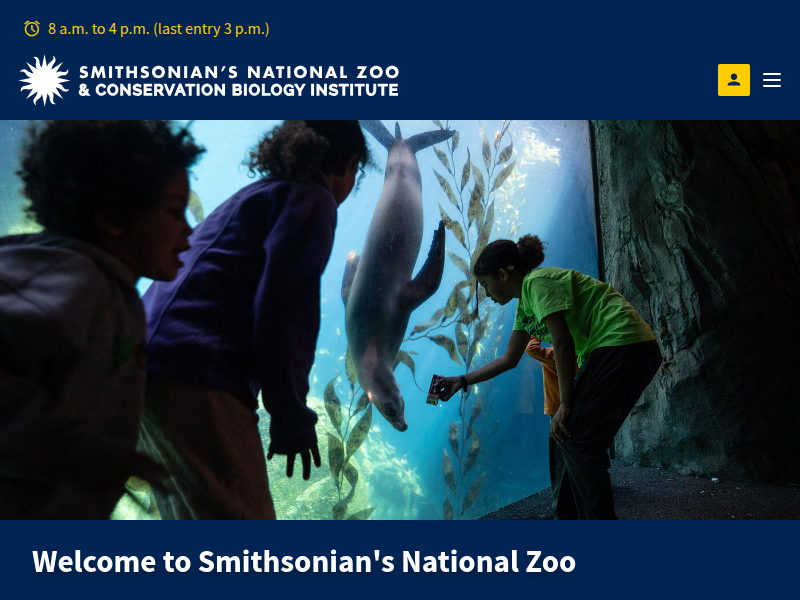Fish Stem Cell Cryopreservation | Smithsonian’s National Zoo and Conservation Biology Institute https://nationalzoo.si.edu/center-for-species-survival/fish-stem-cell-cryopreservation
As global biodiversity rapidly declines, Smithsonian scientists are pioneering new methods of fish specimen collection, cryopreservation and banking.
Cryopreservation techniques have long been used in agriculture and conservation.

